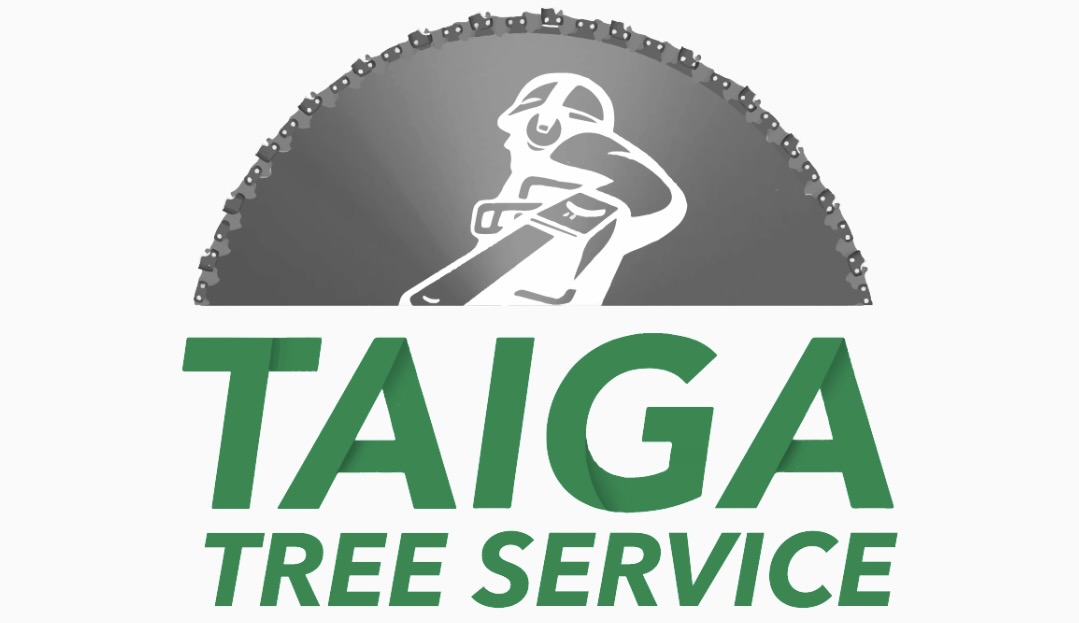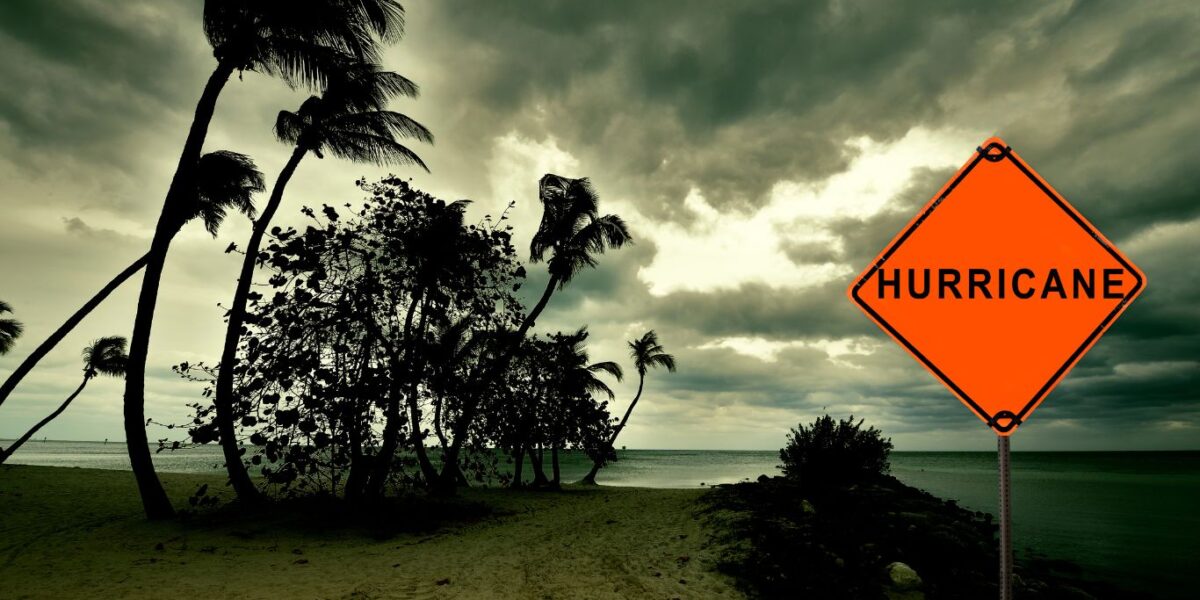- August 9, 2023
- By admin
- Taiga Tips
- (0) Comment
As hurricane season approaches, it’s crucial to understand how trees weather hurricanes, In this blog post, we’ll delve into the intricate relationship between trees and hurricanes, exploring their adaptations, vulnerabilities, and the measures we can take to help them endure and recover from these natural disasters.
1. Nature’s Resilient Design: Flexibility is one of trees greatest strengths. Trees with more flexible trunks and branches are often better equipped to sway with the winds, reducing the risk of breakage. Deep root systems anchor trees firmly, providing stability during strong gusts. Species native to hurricane-prone regions have fine-tuned these survival strategies over time.
2. Vulnerabilities Exposed: While trees have their defenses, hurricanes can still take a toll on them. High-speed winds and driving rain can cause branches to break, foliage to be stripped away, and even entire trees to uproot. Soil saturation from heavy rainfall can weaken roots, making them more susceptible to being uprooted during the storm’s fury. Additionally, salt spray carried by hurricanes can damage leaves and hinder a tree’s ability to carry out photosynthesis.
3. Prudent Pruning and Maintenance: Regular maintenance can significantly impact a tree’s ability to withstand hurricanes. Pruning dead or weak branches not only enhances a tree’s overall health but also reduces the risk of these branches becoming projectiles during a storm. Properly shaping the canopy can encourage wind to pass through more freely, reducing the overall wind load on the tree.
4. Root for Roots: A tree’s root system plays a pivotal role in its stability during a hurricane. Deep roots provide an anchor, but a well-distributed root system can be equally important. Compacted soil can impede root growth and stability. Maintaining healthy soil structure through practices like aeration can help roots thrive and anchor the tree securely.
5. After the Storm: After the winds have subsided and the rains have ceased, it’s time to assess and assist your trees and any storm damage. Inspect them for damage, focusing on broken limbs, uprooting, and signs of stress. Provide proper care, such as watering and mulching, to aid in their recovery. Trees that have suffered extensive damage may require professional attention to ensure their safety and rehabilitation.
6. Choose Wisely: If you’re planning to plant trees in hurricane-prone areas, consider species that have demonstrated resilience against strong winds and storm conditions. Trees with flexible trunks, strong root systems, and a history of survival in similar environments are great candidates.
At Taiga Tree Service, we are passionate about preserving the beauty and vitality of your trees, especially in the face of hurricanes. Our team of experienced arborists is equipped with the knowledge and skills to assess, prepare, and provide post-storm care for your trees. If you’re seeking guidance on hurricane preparedness, recovery, or any aspect of tree care, don’t hesitate to reach out to us. Contact us today!


